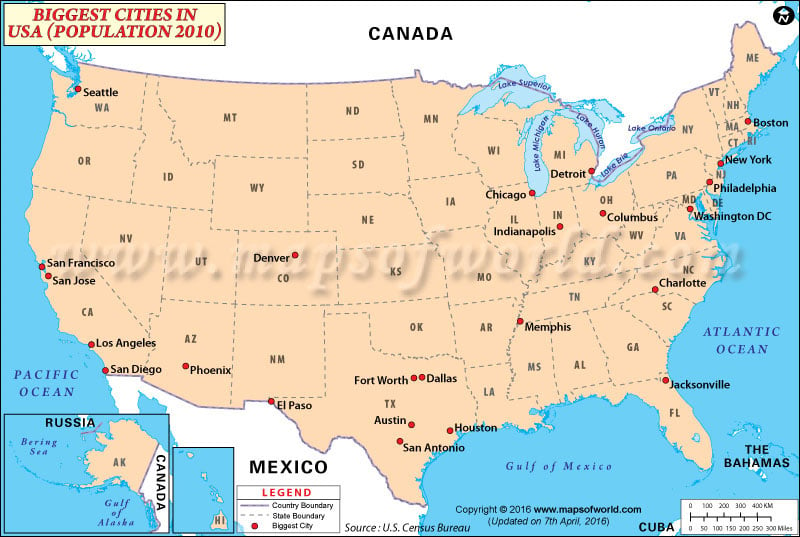
The census didn't keep metro area population data back in the day - the concept didn't exist - so municipality data is the only way to do this exercise, but it's less enlightening than a metro area version might have been.
#MOST POPULOUS CITIES US PRO#
DC and Boston "feel" like bigger cities than San Antonio (more pro sports teams, direct flights to more cities, bigger daily newspaper, worse traffic jams) because they are the centers of larger metro areas. That tends to lead to relatively high rankings for a place like San Antonio, which has very expansive borders, and relatively low rankings for places like Boston and DC, which have geographically small central municipalities. One note about the limitations of this data is that by "city" this map means the municipal boundaries of the city, not the population of the larger metropolitan area. But its not just gamblers taking a chance on the Biggest Little City in. But over the course of the 20th century it leapt up the charts to finally secure the second slot in 1990 - a position it now shows no sign of surrendering. A ranking of the Best Small American cities with metro populations from 100000.

2 city, Los Angeles, obviously didn't exist back in 1790 and wasn't even the largest city in California in the 19th century. But there are also some remarkable shifts in evidence like the rise and fall of Buffalo and Detroit in the Rust Belt.Īmerica's No.

There is one story of remarkable continuity here - New York has been the largest city in the USA for a long time, going back to even before Brooklyn was incorporated into the city limits. used the U.N. Here's a neat GIF mapping and charting the 10 largest cities in the United States in every decennial census: India is set to surpass China as the world’s most populous nation, with almost 3 million more people by the middle of this year, data released by the United Nations on Wednesday showed.


 0 kommentar(er)
0 kommentar(er)
